The UHNW Challenge: Complexity and Fragmentation
A typical ultra-high-net-worth (UHNW) portfolio often spans multiple investment strategies, jurisdictions, and managers. Investments may be distributed across private banks, specialized boutiques, hedge funds, private equity, direct real estate holdings, or operating businesses. Each manager inevitably brings their own strategy, reporting structure, and fee arrangement.
While this diversity can improve risk-adjusted returns, it also introduces substantial complexity:
Fragmented Oversight: Without a centralized management structure, performance attribution becomes obscured. Managers report in varying formats and timelines, each driven by their own priorities rather than the unified interests of the investor.
Fee Complexity: The layered fees, from management to performance incentives, are rarely transparent and can significantly erode returns if not vigilantly tracked and benchmarked.
Conflicting Interests: Portfolio managers may focus on optimizing their own mandates, often missing the broader picture of the investor’s risk profile, liquidity needs, or intergenerational objectives.
The Traditional Family Office Model
Historically, many UHNW families have tackled the complexities of managing their wealth by establishing a physical family office. This office typically employs a dedicated team that runs thorough analyses, aggregates data, and provides unified performance and risk reports across multiple investment strategies. Physical family offices leverage sophisticated systems to ensure accurate, comprehensive oversight.
However, the cost of running a family office can be prohibitive. As highlighted in a joint report between KPMG Private Enterprise and Agreus Group, the cost to operate a family office is roughly 0.3% of assets under management (AUM),[1] equivalent to approximately $1.5 million annually for a family office managing $500 million in assets. This financial burden can be unsustainable for many families, driving them to consider more cost-effective alternatives.
In response to this, we are seeing a significant rise in the use of virtual family offices (VFOs) and Independent Financial Advisors (IFAs). Both models leverage the Outsourced Chief Investment Officer (OCIO) model, where investment and analysis decisions are outsourced to an independent third-party advisor. These virtual models offer UHNW families the same rigorous analysis and holistic management, but at a fraction of the cost of a traditional family office.
The Independent Financial Advisor: Architect and Advocate
An IFA acts as both architect and steward of the portfolio. Unlike bank-affiliated advisors or asset managers constrained by proprietary product offerings, an IFA works solely in the best interests of the investor. Their remit is comprehensive, including:
Holistic Oversight: The IFA provides a top-down view, consolidating reports across all managers and custodians to evaluate true portfolio risk, performance, and exposures.
Fee Auditing and Negotiation: By benchmarking fees against industry standards, the IFA often renegotiates better terms, identifies overlapping costs, and eliminates unnecessary charges.
Performance Assessment: Through rigorous analysis (factoring in absolute returns, risk-adjusted metrics, and peer group benchmarks) the IFA holds each manager accountable.
Strategy Alignment: The IFA ensures that all investments are strategically aligned with the principal’s objectives, whether focused on capital preservation, philanthropic goals, or long-term growth.
Case Study: Unlocking Value Through Independent Oversight
Consider a real-life example of a European family office with assets exceeding $400 million, invested across five banks and three independent asset managers. Despite receiving quarterly reports from each institution, the family lacked a unified understanding of their true exposures and net returns.
By engaging an independent advisor, the following outcomes were achieved:
Consolidated Reporting: The advisor integrated all reports, identifying overlapping sector exposure and unintended currency risks.
Fee Analysis: It was discovered that two managers were charging performance fees on gross returns, rather than net, which deviates from industry best practices.
Fee Reduction: The advisor renegotiated fee structures, securing a 15% reduction in annual fees, resulting in savings of over $900,000.
Performance Benchmarking: One underperforming manager was identified and replaced, leading to a marked improvement in the portfolio's alpha.
Liquidity Management: By ensuring adequate cash reserves, the advisor eliminated the need for forced asset sales to meet philanthropic commitments.

Within two years, the family saw a measurable improvement in net portfolio returns, reduced fees, and greater clarity on risks, transforming their investment experience from fragmented and reactive to a coordinated, strategic approach.
Risks of Self-Management: The Cost of Complexity
Despite their financial expertise, UHNW individuals attempting to manage their own portfolios, especially when investments are spread across multiple banks and jurisdictions, face considerable risks:
Time Investment: The volume of data, meetings, and negotiations can consume hundreds of hours annually, detracting from entrepreneurial, philanthropic, or personal pursuits.
Expertise Gaps: Even seasoned investors may lack the technical expertise to assess fee structures, compare strategies across asset classes, or evaluate complex, niche investments.
Information Asymmetry: Without independent oversight, investors may rely on bank-provided analyses, which are often biased by product interests or selective reporting.
Emotional Bias: Direct involvement in manager selection can introduce emotional bias, leading to inertia or reluctance to make necessary changes.
Opportunity Cost: Without an overarching strategy, portfolios may miss out on synergies, tax optimizations, or access to exclusive investments facilitated by an advisor’s network.
Elevating Wealth Management to a Strategic Discipline
In the world of UHNW investment, true success lies not only in returns but in building a disciplined, transparent, and adaptable wealth strategy. An independent financial advisor transforms fragmented management into a cohesive and strategic framework; aligning interests, illuminating true performance, and empowering the investor.
For those seeking not only to preserve but also to grow wealth across generations, the choice is clear: independent oversight is not just beneficial, it is indispensable.
For more information on how The Family Office can help support your investment objectives and strategic asset allocation, please contact your relationship manager today.
